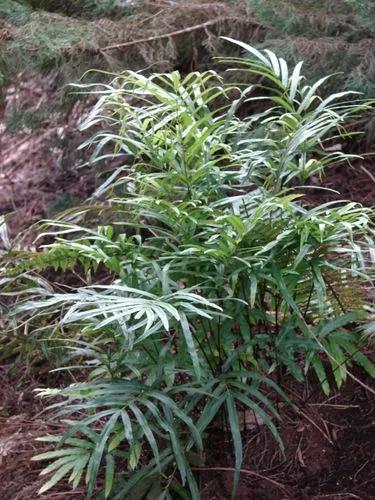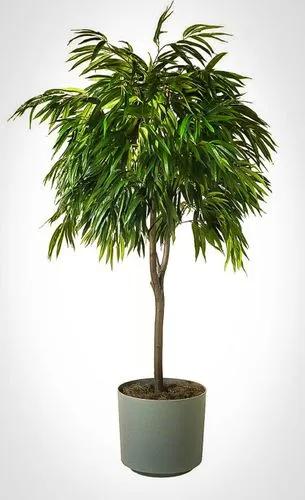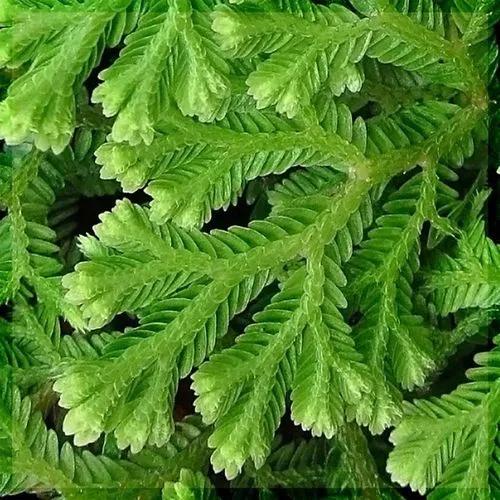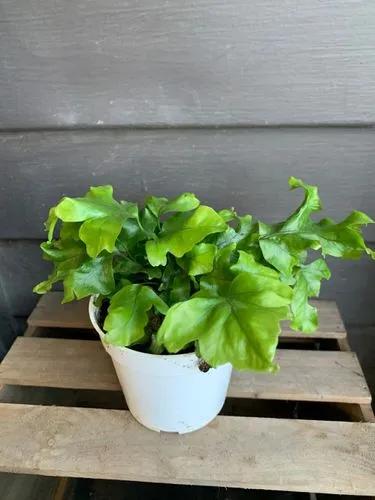Microsorum is a genus of ferns in the family Polypodiaceae, subfamily Microsoroideae, according to the Pteridophyte Phylogeny Group classification of 2016 (PPG I). The species are tropical. Like most ferns, they grow from rhizomes, rather than roots. The genus name is often misspelled "Microsorium" or "Microsoreum". It includes some species that are lithophytic rheophytes.
Microsorum Crocodyllus Care
Microsorum Musifolium (blume) Copel. 'crocodyllus'



How to Care for the Plant

Water

To keep the plant happy, water whenever the surface of the potting mix feels slightly dry. Water until liquid drips through the drainage hole (always use a pot with a drainage hole!), then let the pot drain thoroughly. A kitchen or bathroom is an ideal environment because crocodile ferns benefit from humidity.

Pruning

Pruning the fern when it begins to look too full will provide better airflow and help lower the chances of this condition.

Fertilizer

To ensure your crocodyllus fern has adequate nutrients to keep it looking its best, provide a diluted water-soluble fertilizer or a special fern fertilizer once every month during spring and summer.

Sunlight

Crocodile ferns will grow best in bright light, without direct sunlight. Too much direct sunlight will cause the fronds on this plant to become pale or have scorch marks on them. Providing some direct sunlight can be beneficial and help the plant grow well, however it must be in the morning in small amounts.
If the vivarium will not have any artificial lighting there are a few pointers that could be very helpful. Try placing the vivarium near a window that will provide the lighting it needs. A northern or eastern window specifically will provide the best type of light exposure. When setting up lighting inside of a vivarium, LED lights will work extremely well. Try to go for cooler colors that resemble a partially shaded day. Avoid any type of light that has high levels of UV rays.

Soil

Crocodile ferns need regular water, but the plant won't last long in soggy, poorly drained soil. A rich, well-drained potting soil such as a soil formulated for African violets works very well. To keep the plant happy, water whenever the surface of the potting mix feels slightly dry.

Temperature

The ideal temperatures for this fern to thrive are in ranges between 65 and 75 degrees Fahrenheit.

Additional

Non-toxic to humans and animals. Water / Humidity: Keeping the soil consistently moist is key; allow the top few centimeters of soil to dry, and then water thoroughly. This is a humidity-loving plant, so placing by a humidifier or frequent misting (3-4x weekly), is ideal. Besides Crocodile Fern, Microsorum musifolium is also known as Crocodyllus Fern and Alligator Fern. The plant gets its name due to its unusual appearance. The fronds, or leaves, of a Crocodile fern, strongly resemble the back of a crocodile. Due to its shallow root structure, this plant does not need to be buried deep. In fact, it doesn’t have to be buried at all. As mentioned before, these ferns can naturally attach themselves to trees and other unusual locations. Rather than depending on the soil to nourish itself, it makes use of its surroundings. This plant is considered a rather hardy plant that will not require an extensive or complicated care regimen.

Popularity

95 people already have this plant 9 people have added this plant to their wishlists
Discover more plants with the list below
Popular articles






